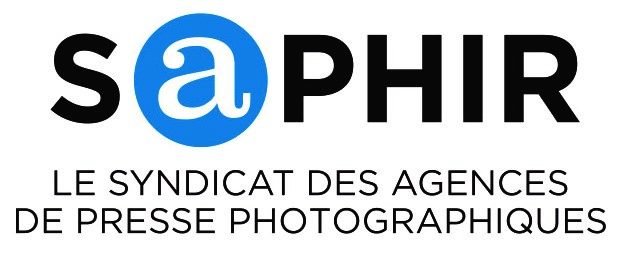Pinterest’s concept is not complicated, users place a thumbnail image linking a page where the pin was created from. Not much different than Google Images, although here a person can create boards, hence generate visually attractive pages. Considering this is for personal use and not licensing for a client, some people will argue it is fair use. Because the pins link back to the original author, the work can easily be found and the author can say that his/her work is promoted through a new channel.
The main problem was that the attribution link was removable and once someone “repins” an image, the original link might have been lost (if removed). The image could’ve been linked somewhere else. This is something we solved with Pinterest and now all images, including the ones pinned in the past, display a credit line and link back to Dreamstime and the author’s profile. And of course, the images are watermarked.
One remaining concern is the fact that you can point the pin somewhere else than the original image page. The credit line and attribution parameters remain visible, but still, a few of our contributors consider this as an actual usage. You can create an attractive board, use attractive images and drive traffic to your own blog. It’s confusing considering the pin doesn’t say where you go – the image might not even be there. We’re still contemplating this part. Especially as we received licensing inquiries from people interested to purchase an RF license for Pinterest use. Which is obviously entirely
acceptable, they could use a photo to illustrate a blog and/or create a pin to that blog using the same image or another, via a RF license.
Is Pinterest arguably at the line between what’s acceptable and what not? Some people do purchase a license to use there, while others simply pin at their own discretion. The site doesn’t ask you anything, a fact that can be improved. Educating users is important to everyone. There is not much difference between a part of this usage and the one where people download images from Google Images and use them for their Facebook covers.
We launched Timelineimages.com specifically addressing this type of usage. Educating people on both sides (photographers and users) about copyright vs. new technologies is challenging. They both have their own arguments and this is where agencies are supposed to create common ground.
- www.dreamstime.com








